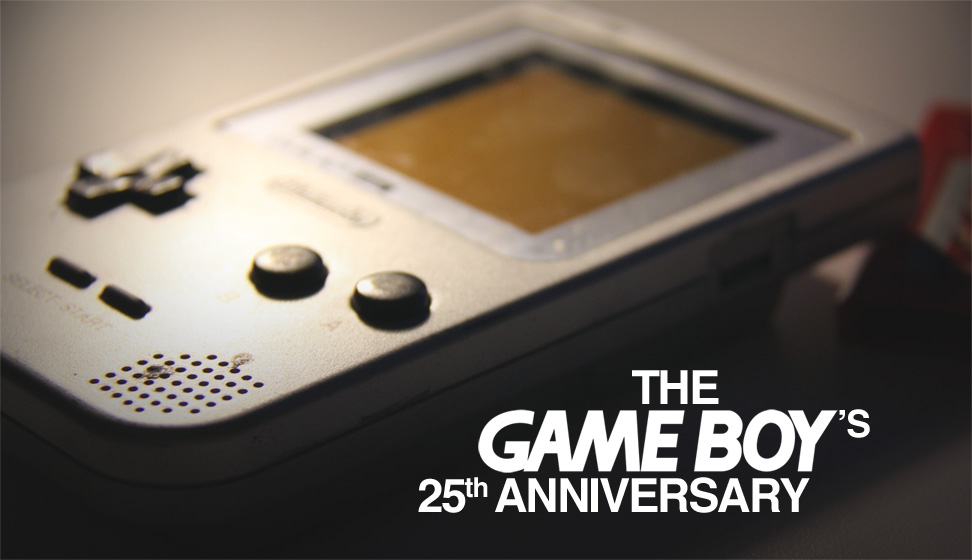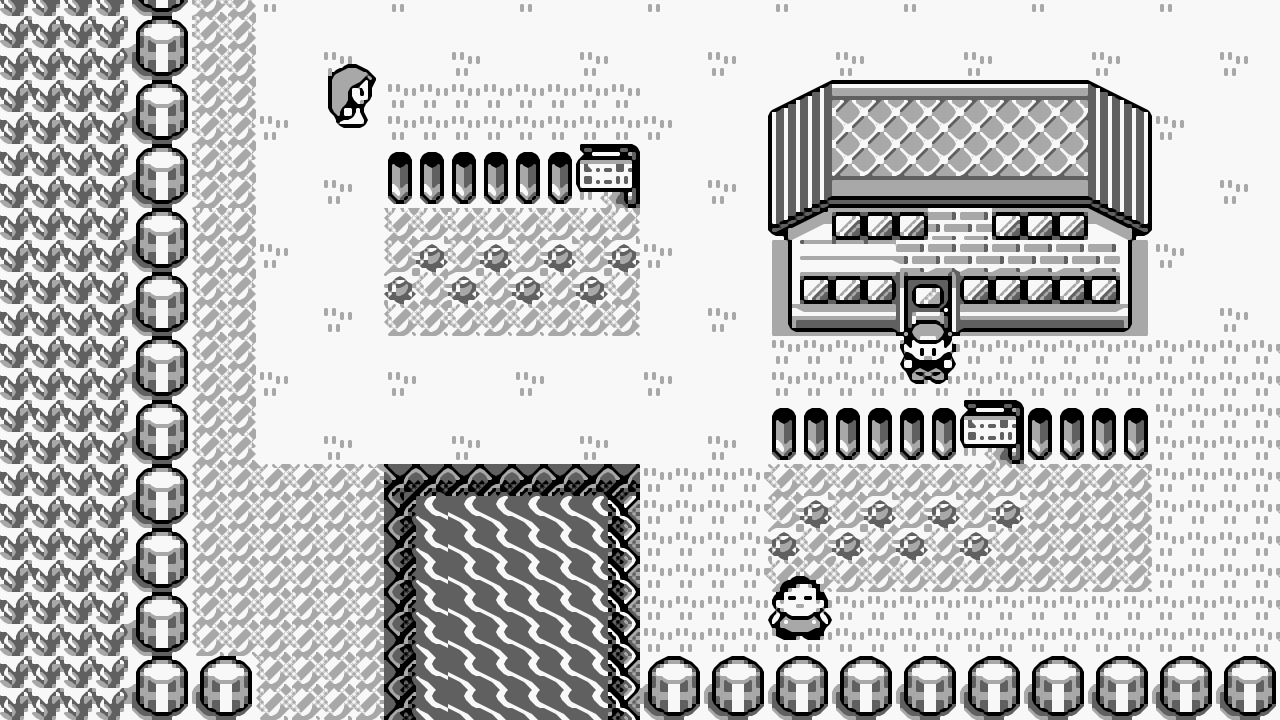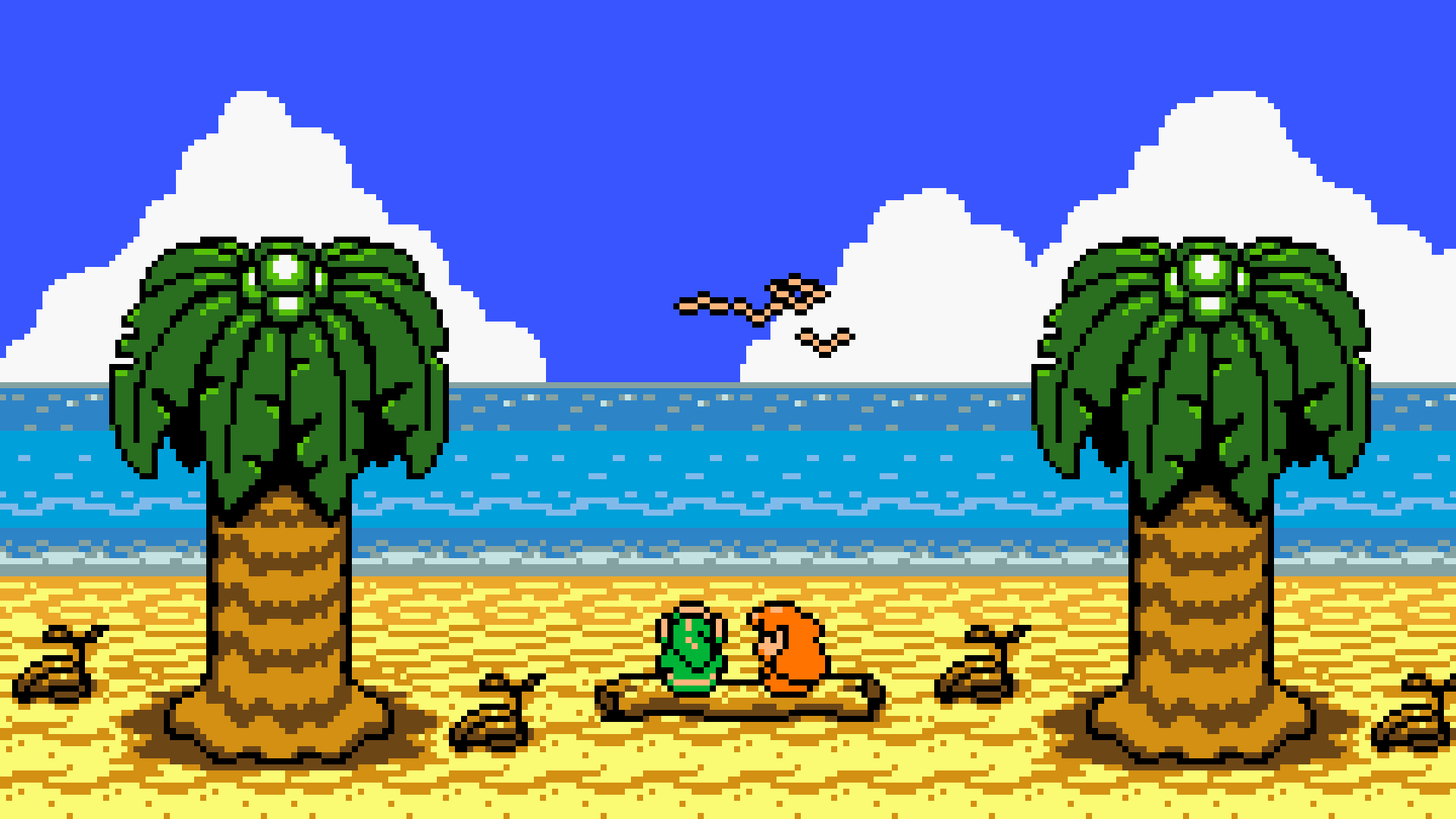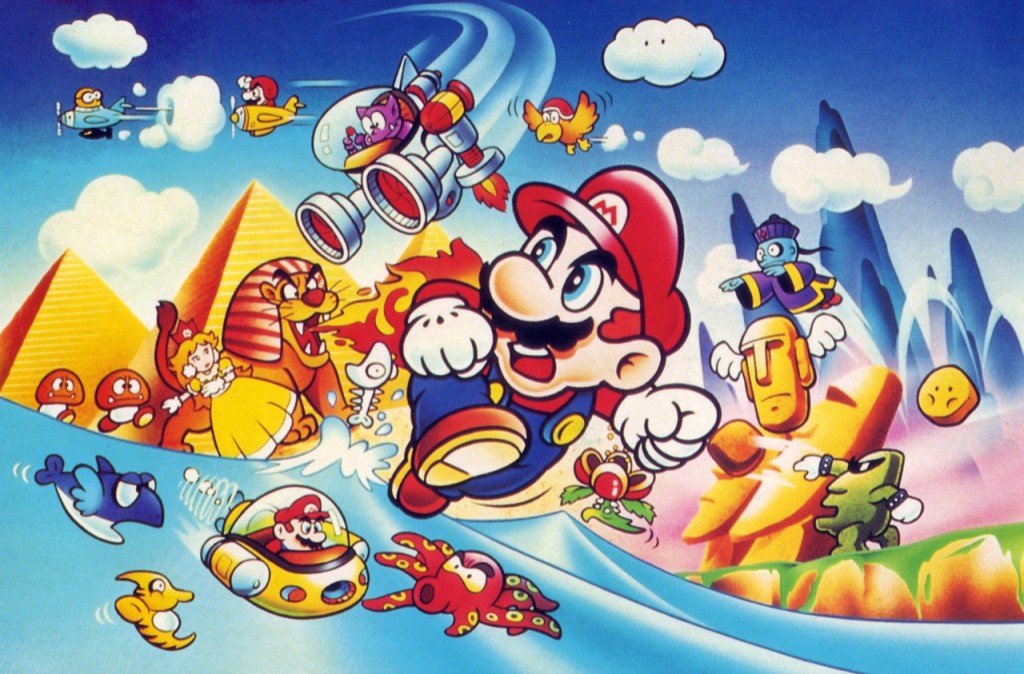Paving The Way For Mobile Gaming: The Game Boy’s 25th Anniversary

Before smartphone and tablet users were blessed with free, downloadable games for their pocket-sized supercomputers, portable gaming was synonymous with a much simpler device — the Nintendo Game Boy.
Rather than casually flinging some mad-faced chickens at a pile of blocks or guiding a similarly dumbfounded bird through a series of tricky-to-navigate but all-too-familiar-looking green pipes, 118 million Game Boy users enjoyed longer playtime sessions for catching that electric mouse in Pokémon or getting through to the next world in Donkey Kong Land.
Released in Japan on April 21, 1989, the device was created by the late Gunpei Yokoi, who was also responsible for Nintendo’s previous handheld line, the LCD-screen ‘Game & Watch’, as well as the beloved software franchise, Metroid. Operating under his own ‘lateral thinking with withered technology’ design philosophy, Yokoi was able to realise the potential for using older and cheaper technology to create a portable gaming console.

For Nintendo, the Game Boy’s salient point was not a cutting edge microprocessor (this baby sported only eight kilobytes of internal RAM, and a display resolution of 160 by 144 pixels — think about that the next time you swipe away on your Samsung Galaxy S5’s 1080 by 1920 screen) but, more importantly, its potential to facilitate enjoyable gameplay experiences. Arguably, it’s a philosophy that Nintendo has held close over the years, even with the more recent home consoles under the Wii brand.
Despite its technological shortcomings however, the Game Boy managed to dominate its competitors. During the early ’90s, Nintendo’s device was in direct competition with three other handhelds game platforms on the market: the technologically superior Sega Game Gear, the TurboExpress, and the Atari Lynx (which boasted stereo sound, a back-light behind the screen, and it was also capable of displaying over 4,000 colours, unlike the Game Boy’s restrictive four shades of grey). Combined, these three devices only managed to sell about 20 million units — about a sixth of the Game Boy’s market dominance.
How then, had Nintendo managed to generate their success? True to Yokoi’s ‘lateral thinking’ philosophy, the Game Boy’s high sales numbers are attributed to its unique software library, which valued novel and fun gameplay over high-tech specs.

It might have helped that upon the Game Boy’s initial release, Nintendo had bundled in a free game with every purchase: the iconic ‘block game’ known as Tetris, created by Alexey Pajitnov. Requiring players to assort a series of falling blocks comfortably into place, Tetris became the perfect time-waster for gamers on the go. Though it was playable on a handful of consoles before the Game Boy’s launch (including MS-DOS, IBM PC, the Commodore 64, the Atari ST and more) Nintendo’s device is often credited for making the block-dropping game easily accessible to mainstream consumers.
Nintendo had originally planned to bundle in Super Mario Land as the Game Boy’s packaged software title, but computer game publisher Henk Rogers encouraged Nintendo of America to include Tetris instead, later noting that “if you want to sell Game Boy to little boys, then pack in Mario. But if you want to sell Game Boy to everyone, pack in Tetris.” As the bundle put Tetris into the hands of 35 million players, it’s unsurprising that Pajitnov regards the Game Boy version of Tetris as his favourite.
The Game Boy carved its next milestone with the launch of the phenomenological Tamagotchi-inspired Pokémon. Released in two colour versions — red and blue — the notorious monster-hunting series made a name for itself by tasking players with journeying through an urban region inhabited by elemental creatures known as ‘pocket monsters’, or Pokémon — so named because young ‘trainers’ could battle these wild monsters with Pokémon already in their possession, in order to catch ’em in a small ‘Pokéball’, which was carried in the trainer’s pocket.

It might sound a bit absurd to the unwary, but it is, of course, a clever metaphor tied in to the game’s portable nature. The concept of keeping one’s Pokémon adventure close to them at all times realised its true potential when players linked their Game Boys, and partook in battling and trading the charismatic pocket monsters in their party — from the adorable Jigglypuff, to the fearsome Charizard, to the exceptionally rare Mew.
The first Pokémon games managed to sell 23.6 million units between them. The craze went on to inspire a televised cartoon series, a trading card game, stacks of merchandise, and even, for a time, its own theme park attraction. It is a testament to Nintendo that a number of contemporary app developers have attempted to emulate the games’ appeal for mobile and tablet users — though they have never achieved the same level of success. Given that the older games have been rebooted onto newer hardware — starting with Fire Red and Leaf Green in 2004, to the just-announced Omega Ruby and Alpha Sapphire, coming in 2014 — it’s evident that the Pokémon video games series is close to many gamers’ hearts.
The Game Boy’s catalogue of acclaimed software doesn’t end there, however. Over the course of the console’s life cycle, players grew to adore exploring dungeons and defeating monsters in Zelda: Link’s Awakening, doping up viruses in Dr. Mario, and infiltrating a secret military base in Metal Gear Solid, among enjoying other gems like Pokémon Pinball, Bionic Commando, Dragon Warrior, Harvest Moon, DuckTales, Kirby’s Dream Land, Mario Tennis and Wario Land. The common thread between these games was that they utilised a simple objective to facilitate a satisfying gameplay experience, and, in some cases, to encourage imagination where the graphics and sound capabilities were less capable of telling the game’s story.

To some extent, the Game Boy’s legacy has lived on through downloadable mobile games, especially games that are relatively simple in concept such as Cut The Rope, Fruit Ninja, Doodle Jump, Temple Run, 2048 and stacks more. Other independent games like Shovel Knight and Two Brothers have attempted to resurrect the Game Boy’s stylistic aesthetic, by imitating similar sprite-based graphics and 8-bit audio. Not only that, but some electronic music artists (such as the New York City band Anamanaguchi) have utilised the Game Boy’s hardware for music production (using a bootleg sequencer cartridge called Nanoloop), in turn creating a sub-genre of electronic music known as ‘chip-tune’.
Despite its technical limitations (like the four AA batteries required to keep the machine running), and while not all of its functions have been sorely missed — you will be hard-pressed to find any self-respecting gamer who would like to see another iteraton of the Game Boy Printer — the Game Boy has gone on to become one of gaming’s most beloved pieces of hardware.

Its successes have ultimately supported Nintendo’s development of the similarly successful, dual-screen, touch-capable Nintendo DS (of which its combined models have sold approximately 154 million units worldwide), and its current reigning successor, the Nintendo 3DS, which has sold 43 million units as of March 2014. Even next to Sony’s tough competition in the form of the PlayStation Portable and the PlayStation Vita, as well as the growing influx of mobile gamers latching themselves onto acclaimed software like Infinity Blade and Plants vs. Zombies, Nintendo’s portable devices have managed to hold their relevance for a quarter-century. Year after year, gamers have found themselves coming back for the sword-wielding hero in green, the adorable electric mouse, and the charming mustachioed plumber.
Whether you owned the technologically superior Game Boy Colour, the slimmer, lighter Game Boy Pocket, or the original bulky beast, it always makes for a worthwhile nostalgia hit when any seasoned gamer pulls their old friend from the shelf, even if only to hear that familiar boot-up sound (ba-ding!).
It’s not hard to see how the console has shaped casual and portable gaming to this day, and for that reason, the Game Boy is vintage gaming at its most memorable.
Andrew Nardi



Be the first to comment!